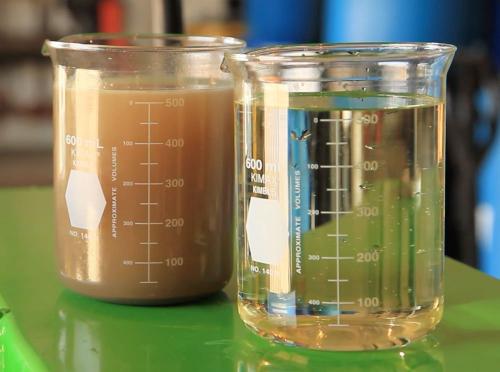The Complexity of Achieving High-Quality Nickel and Zinc Plating


Metal plating serves as a fundamental technique in improving the resilience, anti-corrosion properties, and overall excellence of metal components. The pursuit of high-quality metal coatings demands intricate processes and meticulous control of numerous variables. Distinguishing between plating methods like electroless nickel plating and zinc plating, along with comprehending their applications, holds pivotal importance in guaranteeing superior outcomes across diverse industries. These two methods, each with its distinct advantages, play critical roles in enhancing various metal parts.
Electroless Nickel Plating
Electroless nickel plating represents an auto-catalytic procedure depositing a consistent layer of nickel-phosphorous or nickel-boron onto metal surfaces. Its unique feature is the independence from an electrical current for deposition, enabling exceptional coverage even on intricate or internal surfaces. This technique finds favor in components requiring exceptional wear resistance, corrosion protection, and uniform coating thickness. Industries such as aerospace, automotive, electronics, and oil & gas, facing harsh conditions, commonly employ this plating.
Several factors significantly influence the quality of electroless nickel plating, notably the precise control of plating bath temperature and the chemical composition of the solution. Maintaining the ideal temperature within the plating bath is critical to govern the deposition rate and ensure uniformity across the surface of the part.
Chemicals commonly utilized in electroless nickel plating comprise nickel salts, reducing agents like sodium hypophosphite or dimethylamine borane, and stabilizers. These chemicals facilitate the reduction of nickel ions onto the substrate, culminating in a high-quality, corrosion-resistant coating.
Laboratory testing plays an indispensable role in evaluating thickness measurements, adhesion tests, corrosion resistance, and other quality assurance assessments. These rigorous tests ascertain that the coating complies with industry standards and fulfills the specific requirements of its intended application.
Zinc Plating
Contrarily, zinc plating involves the electrodeposition of a zinc layer onto metal surfaces, offering effective protection against corrosion. It is a prevalent practice in industries such as automotive, construction, and electronics for parts exposed to atmospheric conditions.
Zinc plating provides sacrificial corrosion protection wherein the zinc coating corrodes before the underlying metal, prolonging the lifespan of the components. Fasteners, automotive parts, and steel structures significantly benefit from zinc plating due to its ability to prevent rust and corrosion.
Similar to electroless nickel plating, temperature control is vital in the zinc plating process to maintain the bath within the recommended range for optimal results. A DC plating rectifier assumes a crucial role in regulating the electrical current applied during the process, ensuring uniform deposition and zinc coating adhesion.
Chemicals utilized in zinc plating encompass zinc salts like zinc chloride or zinc sulfate and additives aimed at improving brightness, ductility, and corrosion resistance. These additives aid in achieving the desired coating characteristics while upholding process stability.
To maintain the ideal plating bath temperature, an electric immersion water heater is commonly employed, contributing to consistent and high-quality zinc coatings. As with electroless nickel plating, rigorous laboratory testing remains essential in zinc plating to validate coating thickness, adhesion strength, and corrosion resistance, ensuring compliance with industry standards and suitability for the intended purpose.
Significance of Quality Control and Resources
Adhering to high-quality standards in metal plating processes is crucial to meet the stringent requirements of diverse industries. Accurate temperature control, precise chemical compositions, and comprehensive testing methodologies significantly contribute to achieving superior coatings.
Various sources highlight the critical role of temperature control within the plating bath for consistently producing high-quality zinc coatings. Moreover, published studies emphasize the importance of meticulous testing methods in evaluating the performance of electroless nickel coatings for specific applications.
Plating chemicals for zinc
plating are instrumental in ensuring effective and durable coatings. The utilization of an AC to DC plating rectifier remains integral in maintaining uniform electrical currents, optimizing coating deposition, and adherence during the zinc plating process. A Process Technology heater further supports maintaining the plating bath's optimal temperature, contributing to the consistency and quality of zinc coatings.
Chemical testing labs play a pivotal role in validating coating quality through comprehensive testing procedures, ensuring adherence to industry standards and suitability for intended applications.
Electroless nickel plating and zinc plating represent sophisticated processes essential for fortifying the durability and functionality of metal components. Their effectiveness hinges on meticulous parameter control, precise chemical compositions, and stringent testing protocols, ensuring top-tier coatings suitable for a wide array of industrial applications.
Advertise on APSense
This advertising space is available.
Post Your Ad Here
Post Your Ad Here

Comments